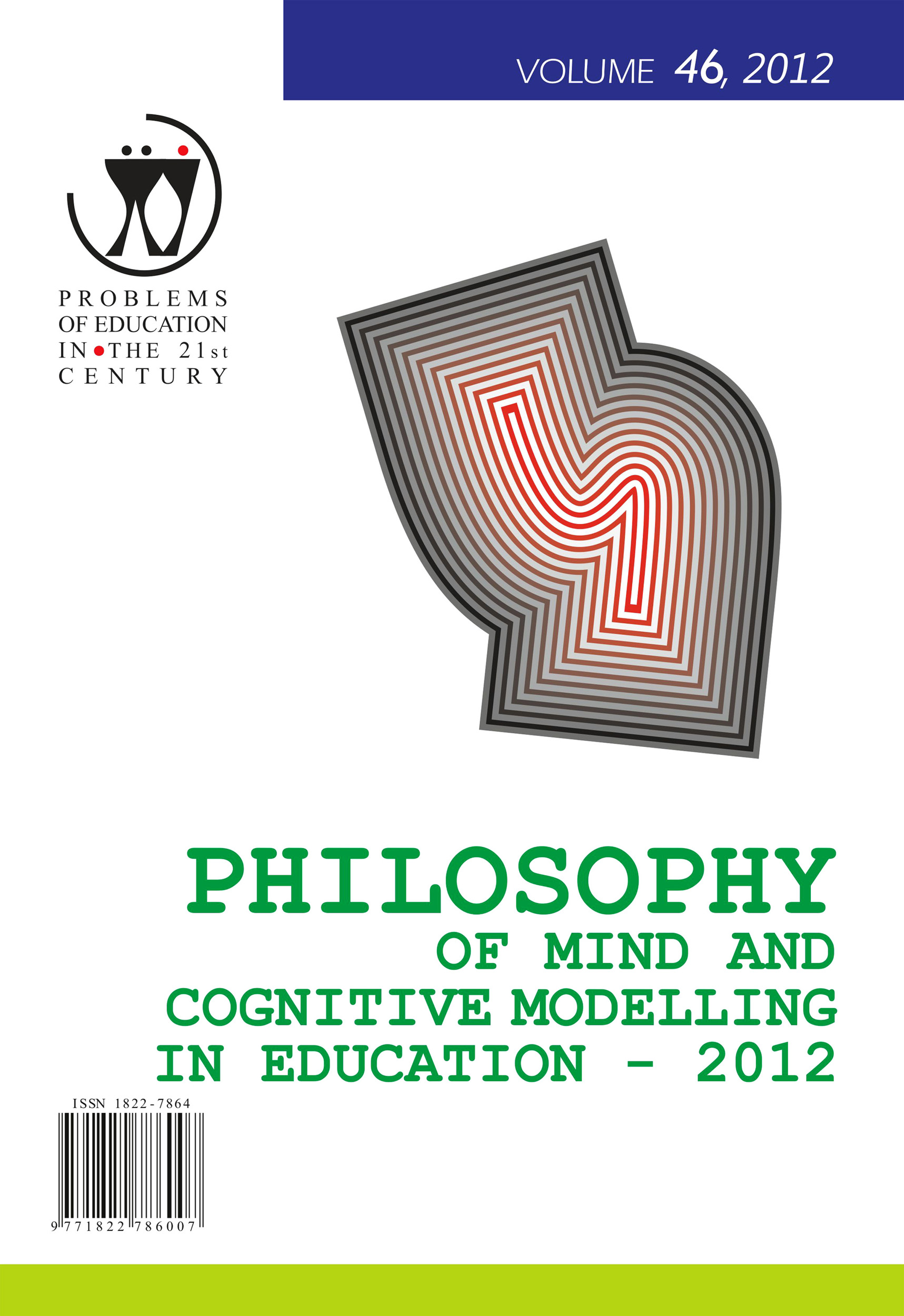EDUCATIONAL CYBERNETICS OR DIDACTICS APPROACH
TO "ECONOMY" OF HUMAN THINKING
EDUCATIONAL CYBERNETICS OR DIDACTICS APPROACH
TO "ECONOMY" OF HUMAN THINKING
Author(s): Martin Bílek, Pavel Cyrus, Ivana ŠimonováSubject(s): Social Sciences, Education, School education
Published by: Scientia Socialis, UAB
Keywords: educational informatics; cybernetic approach in branch didactics; science and technical education; teacher’s predictive task evaluation;
Summary/Abstract: The paper describes starting point of so called ”Educational Informatics“ as one of the Educational Cybernetics approaches, and example of research results of theory called as „human thinking economy“ application in the field of science and technical education is provided.Educational informatics is based on so-called educational theory of signs (educational semiotics) developed by M. Lansky which provides great support to the process setting the basis of branch didactics in learner’s cognitive capacity. This approach contents the psycho-structural model of processing information explaining the route of information which is to be processed. It starts with registering it by sense organs (sensory perception), followed by aware perception (apperception) and operating it, i.e. the entire processing the information including storing it in the memory. Within this process various functions are activated, both when the memory stores (associates) the information and effectors (performing organs) are activated. This psycho-structural model synthesizes both behavioural approach (stimulus - "black box" - reaction) and the humanistic psychology approach based on the introspective analysis. A similar model was provided for the chemistry didactics by Johnstone, too. This psycho-structural model also distinguishes certain cornerstones (i.e. model of operations) of human perception and learning, i.e. stimuli – perception filter – working space within the memory (operational memory) – long-term memory which influences the accommodator (adaptor, i.e. the apparatus for directing attention or reduction the apperception). It differs from cybernetic pedagogy as it does not apply the “hard“ quantitative approach to expressing the content of single parts of the psycho-structural model (in bits) but divides the learning content into several mastered parts (operations) called “pieces“ which the learner must run in the operational memory. This method is called “chunking“, i.e. composing, stratifying, layering information in the memory) and was applying in our research their selected results are presented in the second part of the paper. The research project results were based on analyse of teacher’s predictive evaluation of items in didactic test. Results of a comparative study of reception of pictures in the test items by so called experts (having a certain level of knowledge of the presented subject matter, i.e. teachers) and so called non-specialists (who have minimum knowledge in the area learned, i.e. learners) are added. In concerned research were analyzed the prognosis of chemistry teaching students (experts) in learners succeeding in the didactic test items with or without picture parts. Results show that future teachers overestimate the role of picture materials on positive responses of learners in didactics test.
Journal: Problems of Education in the 21st Century
- Issue Year: 46/2012
- Issue No: 1
- Page Range: 22-27
- Page Count: 6
- Language: English

